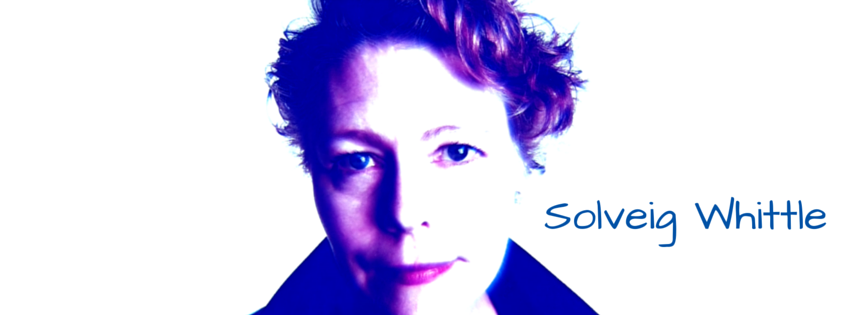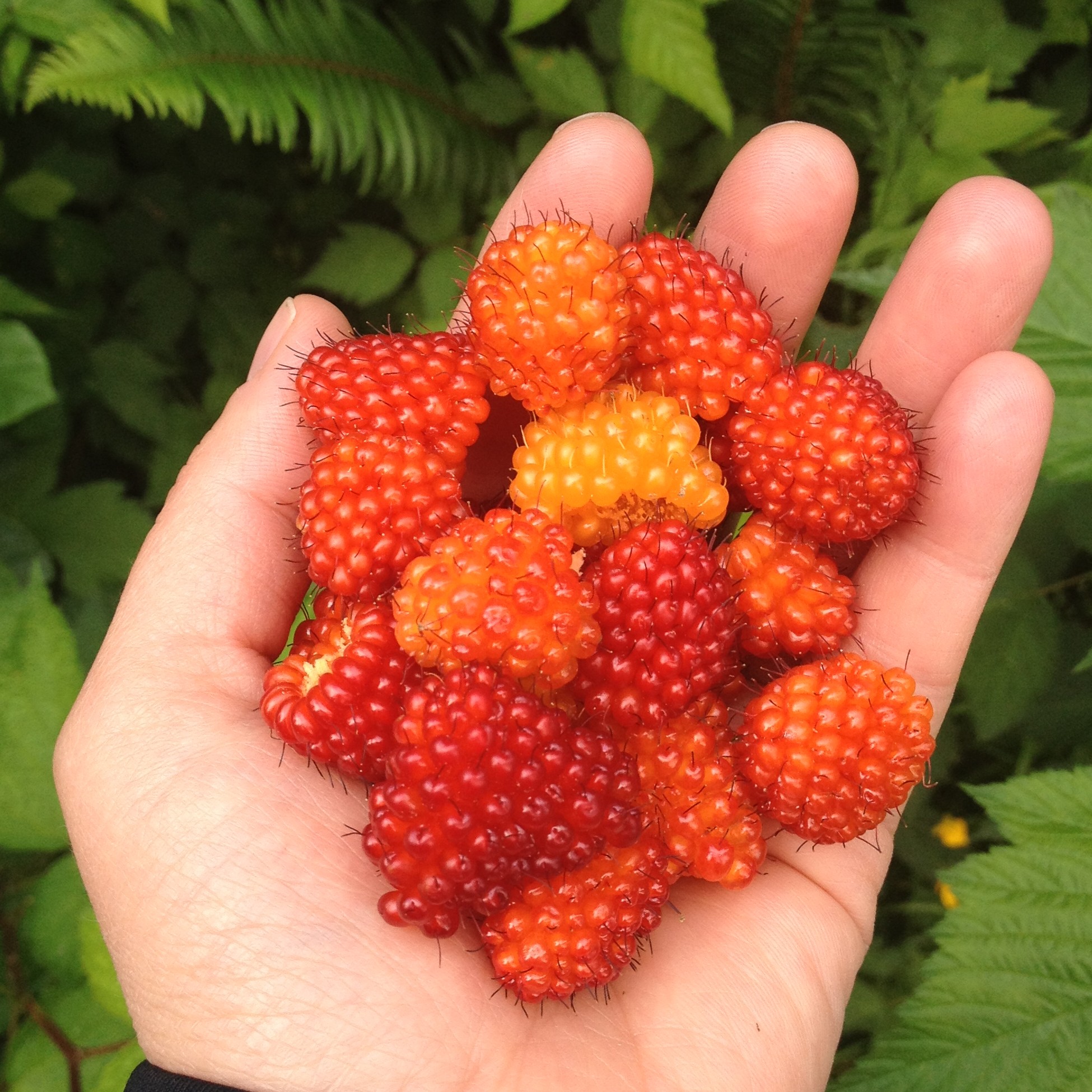I have to say, I love the song, “Chandelier” by the female Australian singer, Sia Furler (known simply as Sia). I’ve embedded the Vevo music video at the bottom of this post. It’s a beautiful, simple but visually compelling video, although you won’t see Sia’s face in the video, just her doppleganger.
You may not have heard “Chandelier” yet. Being a female vocalist, as well as a mother, I listen in the car to a lot of current pop music. In the Female-Vocalist-Fall-Back-to-School-Pop-Hit lineup, “Chandelier” is up against some heavy contenders, like Taylor Swifts newest, “Shake It Off” and Katy Perry’s inane “This is How We Do.” Not to mention the octave-defying Christina Aguilera-sound-alike, Ariana Grande, whose numerous collaborations this summer with every female hip hop artist in America (she’s moved on from Iggy Azalea to Nicki Minaj) dominate the airwaves.
One even might ask: Where is Miley Cyrus’ back-to-school twerking video? Oh, yeah, Niki Minaj beat her to it. Or was it Taylor Swift who was twerking?
Anyway.
I think “Chandelier” it’s going to be a huge hit, and one by a non-American artist who has been relatively unknown until now, at least here in the US. I wanted to pick it apart and get to know this Sia Furler person. Her music seemed, well… different.
In doing a little research, I uncovered some remarkable things that I thought were relevant to a lot of indie artists like me, especially those of us who are NOT Justin Bieber, Taylor Swift, Miley Cyrus, or Ariana Grande’s age:



